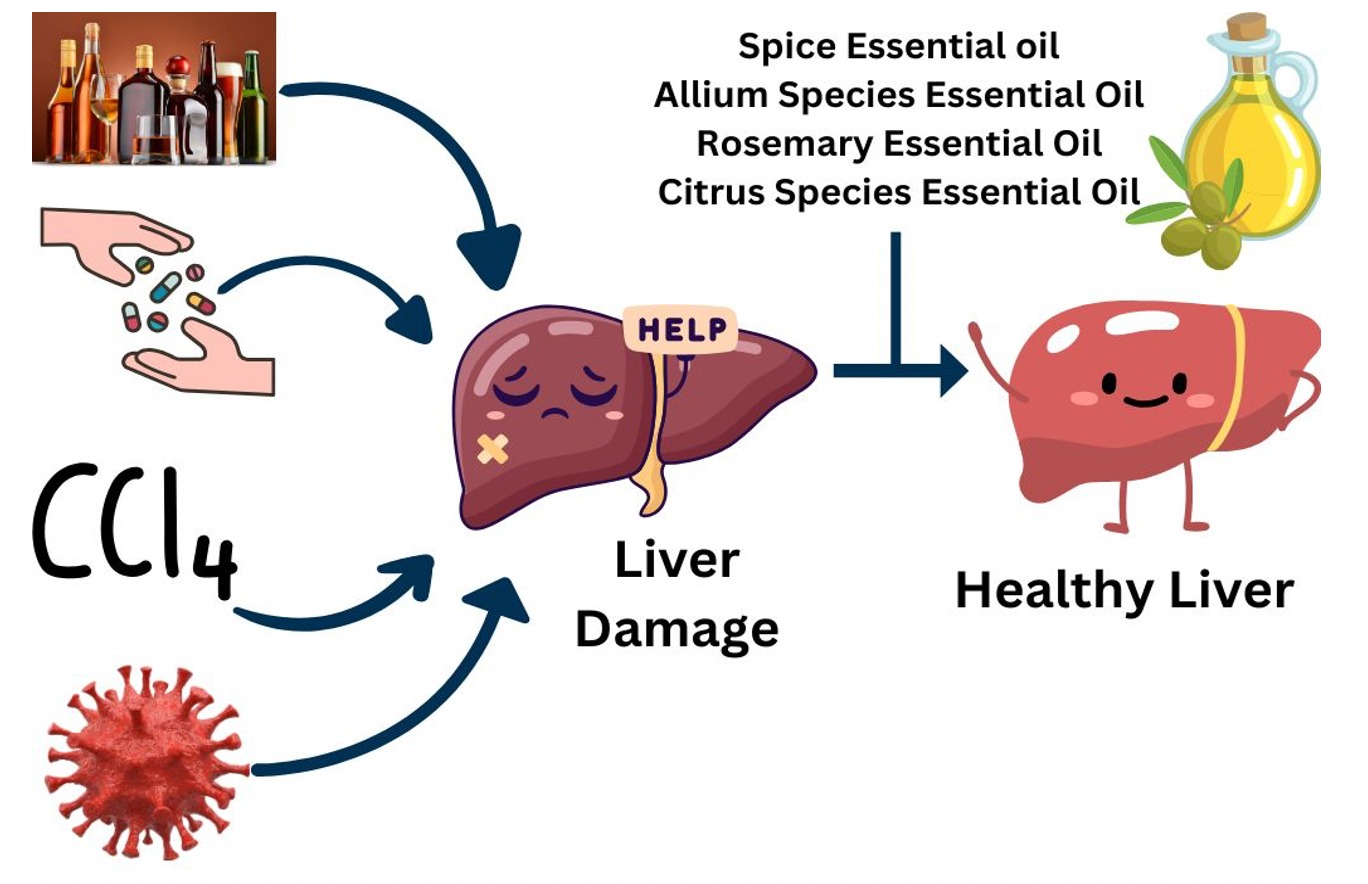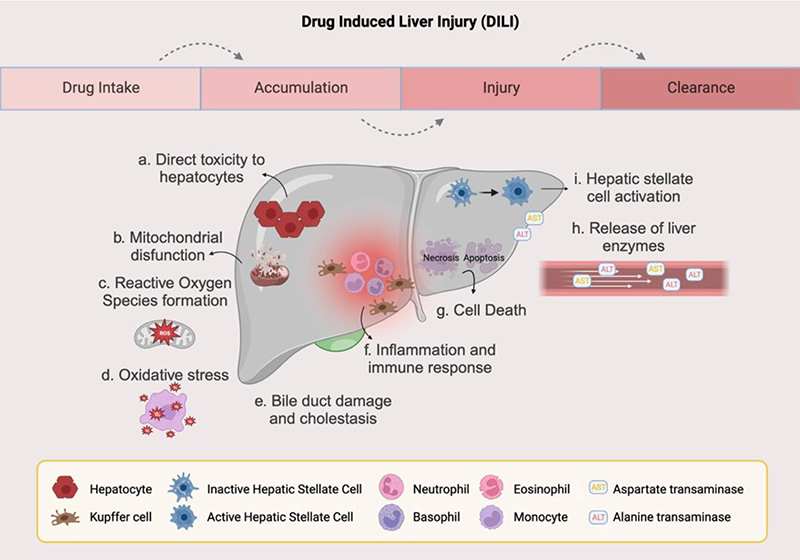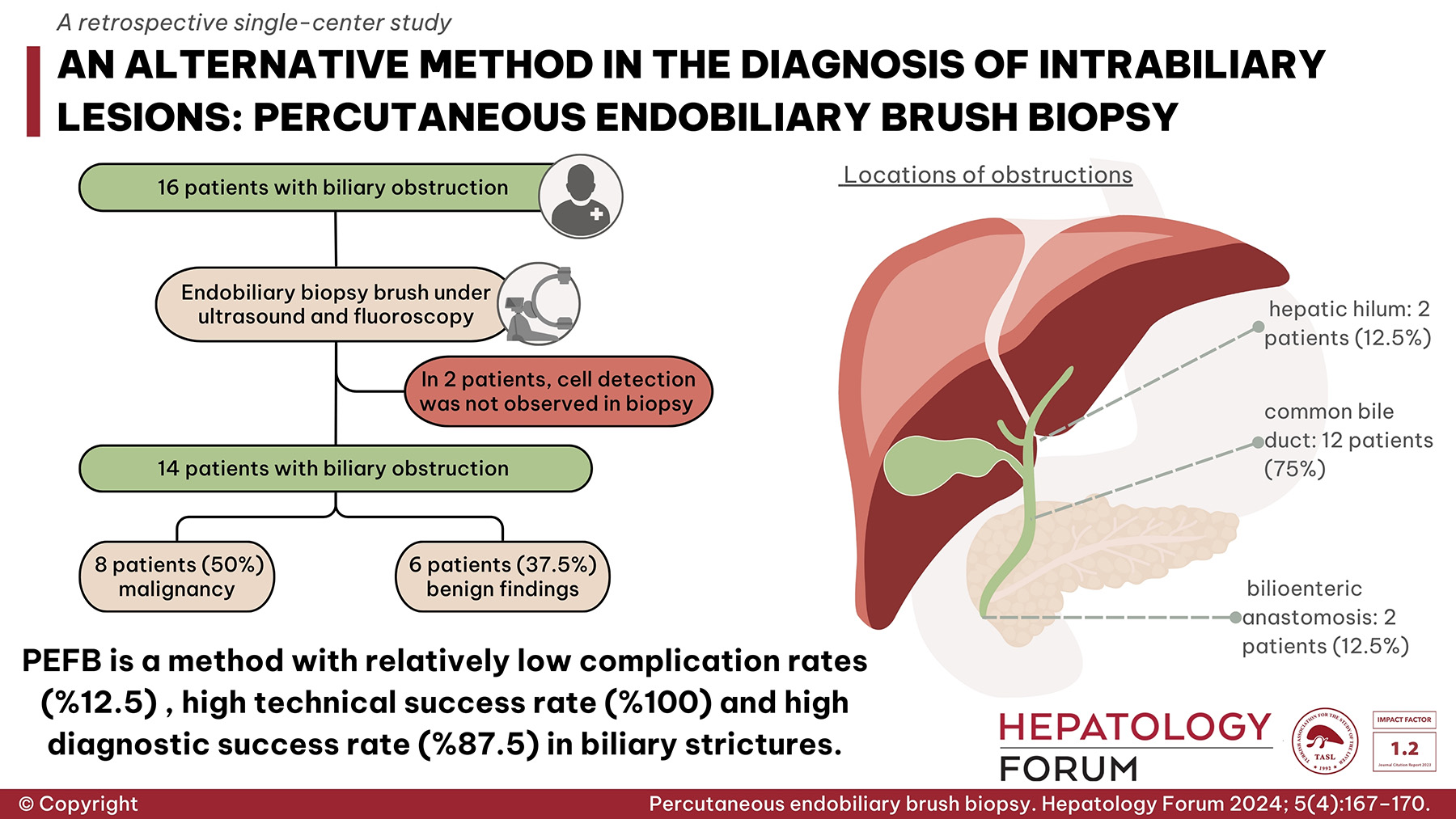2Department of Histology and Embryology, Mardin Artuklu University School of Medicine, Mardin, Turkiye
3Department of Veterinary Histology and Embryology, School of Veterinary Medicine, Siirt University, Siirt, Turkiye
Abstract
Background and Aim: The purpose of this research was to ascertain how exposure to extremely low-frequency pulsed electromagnetic fields (ELF-PEMFs) at varying intensities affects apoptosis-related protein expression levels and liver morphology in rats.
Material and Methods: In this experimental study, 40 Wistar albino rats were randomly divided into 4 groups, with 10 animals in each group: Control, Sham, 1 milli Tesla (1mT), and 5 mT groups. The control group did not expose any application during the experiment. Animals in the sham group were placed into the closed ELF-PEMF exposure environment, but the device was kept closed. The rats in the 1mT and 5mT groups were placed into a closed ELF-PEMF exposure environment, and the magnetic field application was applied 5 days a week for 4 hours a day for 8 weeks. At the end of the study, the animals were sacrificed, and their liver tissues were examined morphologically, and the expression levels of proteins related to apoptosis and inflammation in these tissues were analyzed.
Results: Our results indicated that ELF-PEMFs did not lead to any exact morphological alterations in the groups. Tissue apoptotic Bax and Caspase 3 expression levels in the 1mT and 5mT groups were similar (p>0.05) to the control group. Additionally, pro-inflammatory TNF-α and transcription factor NF-κB in the 1mT and 5mT groups were similar (p>0.05) to each other and the control group.
Conclusion: It is feasible to conclude that neither the administration nor the exposure design of this study is changing the immunoexpression of apoptosis-regulating protein expression levels or liver morphology exposed to ELF-PEMF in rats.





 Yasin Gokce1
Yasin Gokce1 









